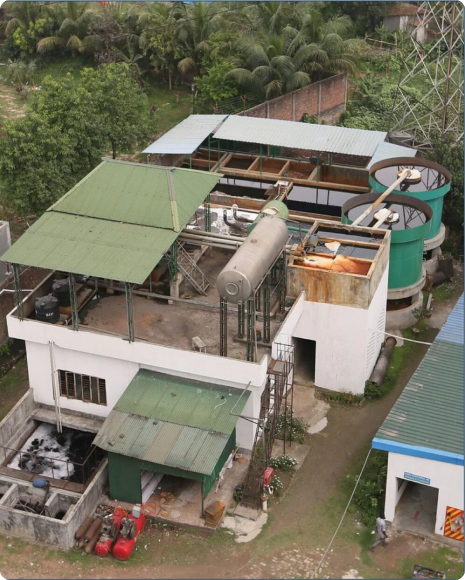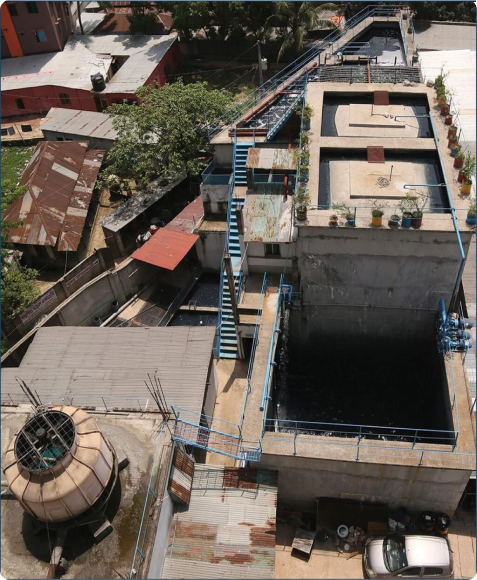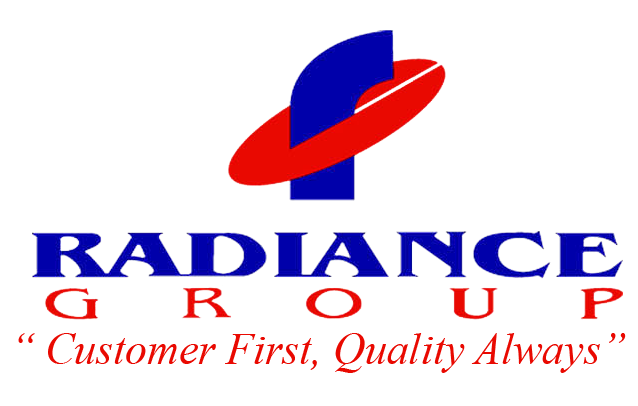Customized to address specific waste streams, the Effluent Treatment Plant showcases a comprehensive approach to treating discharges from different plant areas. Its purposeful design underscores the commitment to sustainable and efficient waste management across the facility.

The Effluent Treatment Plant
The effluent treatment plant is designed to treat the effluent coming from different areas of the plant. The treatment of different effluents varies with the type of effluent. Water is recycled from effluent coming from textile & chemical industries using series of operations i.e. coagulation, flocculation, aeration, and filtration techniques mainly reverse osmosis. The effluent produce has high BOD, COD, pH, TSS, IDS and Color material. This study includes characterization of effluent and making of process flow sheet of Effluent Treatment Plant after visit to various locations in industrial areas. Points of optimization were identified in various unit operations involved considering the total cost incurred during the whole process. It was identified that automation and use of highly substantive dyes during coloration stages (dyeing & printing) in a textile mill considerably reduces the amount of effluent produced. Effect of different mesh sizes of coagulating agents was (also) studied in conjugation mixing speed. It was noted that use of polyphosphazene membranes instead of polyamides for reverse osmosis plants, as they posses better resistance at high pH and temperature.

The Waste Water Treatment Plant
The waste water treatment plant for Dyeing unit which is capable of treating 1560 m3 of wastewater per day of 24 working hours at the rate of 65 m3/hr at radial international Ltd and 60 m3/hr at Pearls and Pouch Ltd. by Electro Contaminant Removal (ECR) system. Electro Contaminant Removal (ECR) is the process of destabilizing suspended, emulsified or dissolved contaminants in an aqueous medium by introducing an electrical current into the medium. The electrical current provides the electromotive force to drive the chemical reactions. When reactions are driven or forced, the elements or compound will approach the most stable state. Generally, this stable state is a solid that is less colloidal, less emulsifiable or less soluble than the element or compound at equilibrium values.

